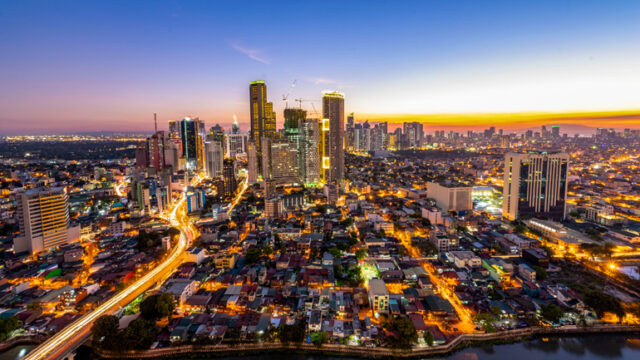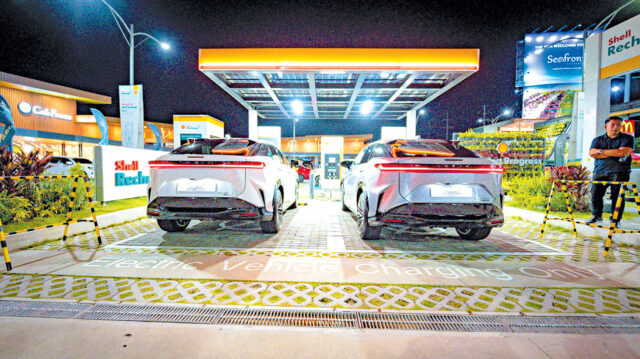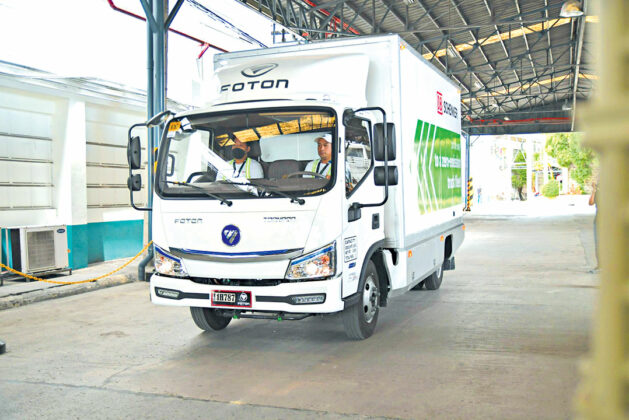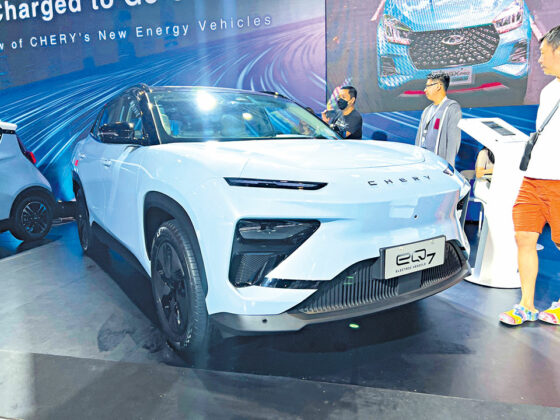Putin warns the West a Russia-NATO conflict is just one step from WW3
MOSCOW – Russian President Vladimir Putin warned the West on Monday that a direct conflict between Russia and the U.S.-led NATO military alliance would mean the planet was one step away from World War Three but said hardly anyone wanted such a scenario.
The Ukraine war has triggered the deepest crisis in Moscow’s relations with the West since the 1962 Cuban Missile Crisis. Putin has often warned of the risks of nuclear war but says he has never felt the need to use nuclear weapons in Ukraine.
French President Emmanuel Macron last month said he could not rule out the deployment of ground troops in Ukraine in the future, with many Western countries distancing themselves from that while others, especially in eastern Europe, expressed support.
Asked by Reuters about the Mr. Macron remarks and the risks and possibility of a conflict between Russia and NATO, Putin quipped: “everything is possible in the modern world.”
“It is clear to everyone, that this will be one step away from a full-scale World War Three. I think hardly anyone is interested in this,” Mr. Putin told reporters after winning the biggest ever landslide in post-Soviet Russian history.
Mr. Putin added, though, that NATO military personnel were present already in Ukraine, saying that Russia had picked up both English and French being spoken on the battlefield.
“There is nothing good in this, first of all for them, because they are dying there and in large numbers,” he said.
BUFFER ZONE
Ahead of the March 15-17 Russian election, Ukraine stepped up attacks against Russia, shelling border regions and even used proxies to try to pierce Russia’s borders.
Asked if he considered it necessary to take Ukraine’s Kharkiv region, Putin said if the attacks continued, Russia would create a buffer zone out of more Ukrainian territory to defend Russian territory.
“I do not exclude that, bearing in mind the tragic events taking place today, we will be forced at some point, when we deem it appropriate, to create a certain ‘sanitary zone’ in the territories today under the Kyiv regime,” Mr. Putin said.
He declined to give any further details but said such a zone might have to be big enough to preclude foreign made armaments from reaching Russian territory.
Mr. Putin ordered a full-scale invasion of Ukraine in February 2022, triggering major European war after eight years of conflict in eastern Ukraine between Ukrainian forces on one side and pro-Russian Ukrainians and Russian proxies on the other.
Mr. Putin said he wished Mr. Macron would stop seeking to aggravate the war in Ukraine but to play a role in finding peace: “It seems that France could play a role. All is not lost yet.”
“I’ve been saying it over and over again and I’ll say it again. We are for peace talks, but not just because the enemy is running out of bullets,” Mr. Putin said.
“If they really, seriously, want to build peaceful, good-neighbourly relations between the two states in the long term, and not simply take a break for rearmament for 1.5-2 years.”
US DEMOCRACY
Mr. Putin dismissed US and Western criticism of the election, which the White House said was not free and fair, saying US elections were not democratic and criticizing the use of state power against Donald Trump.
“The whole world is laughing at what is happening there,” Putin said of the United States. “It is just a catastrophe – it is not democracy – what on earth is it?”
When asked about the fate of opposition leader Alexei Navalny, who died in unexplained circumstances at a Russian prison in the Arctic on Feb. 16, Putin said he had simply “passed away” using Navalny’s name for one of the first times in public.
Mr. Putin said he had agreed several days before Navalny’s death to swap him. Reuters reported in February that a prisoner exchange deal had been agreed for Mr. Navalny shortly before his death.
“I said: ‘I am agreed’,” Mr. Putin said about his approval for the prisoner swap. “I had one condition – we exchange him but he never returns.”
Mr. Navalny’s widow, Yulia, has accused Mr. Putin of killing her husband. Kremlin spokesman Dmitry Peskov told reporters that claim was simply wrong. – Reuters



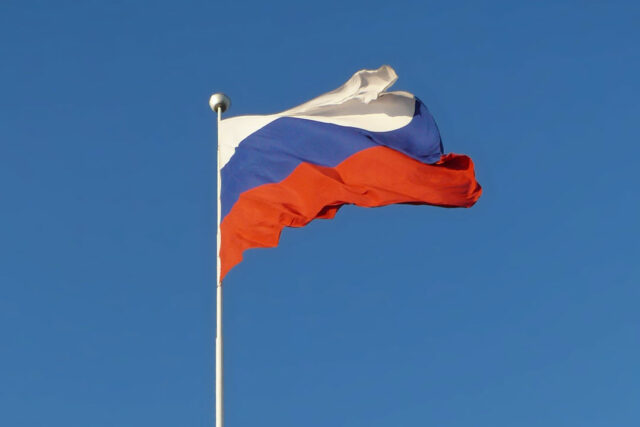
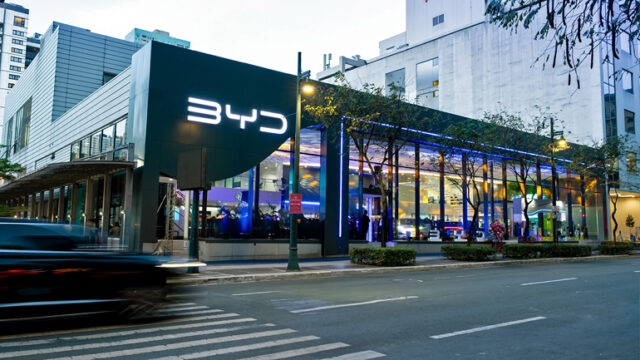
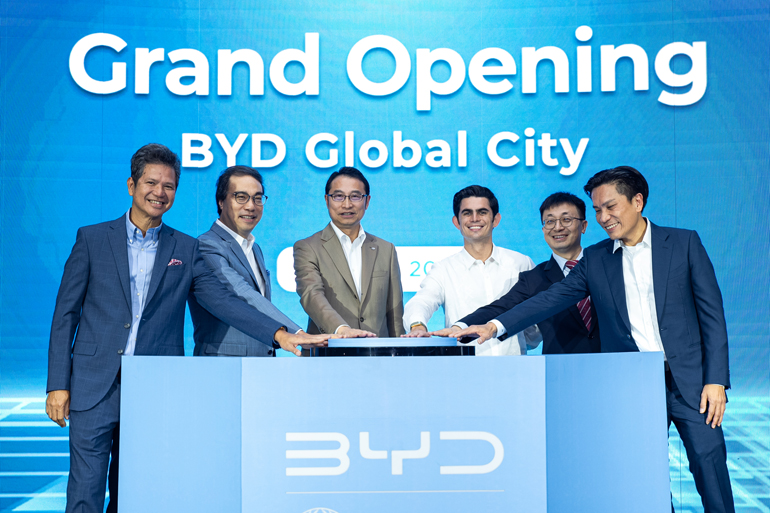
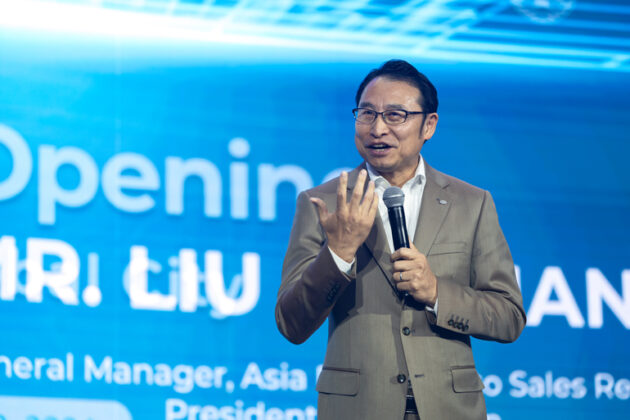
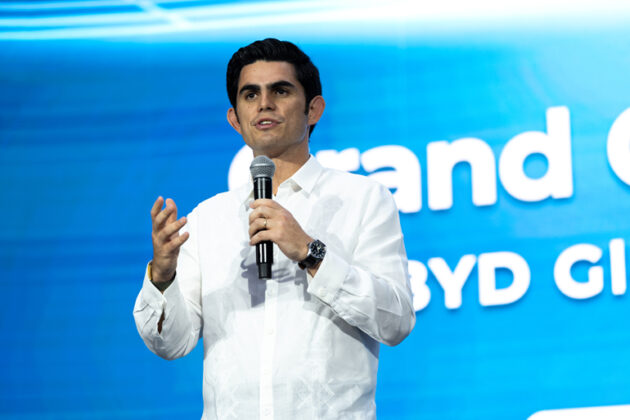






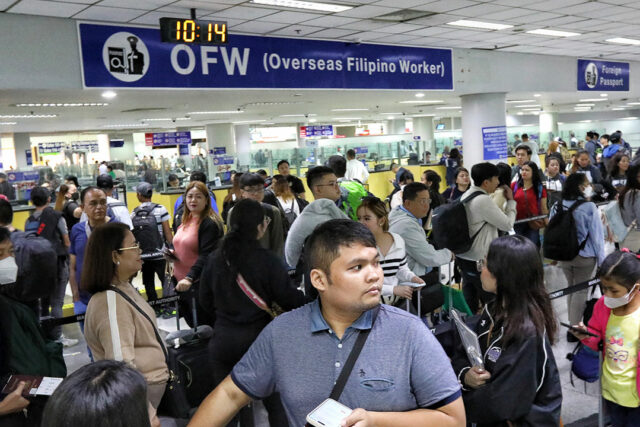
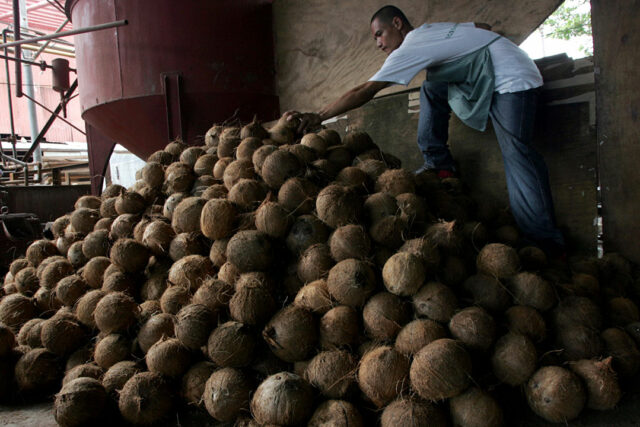
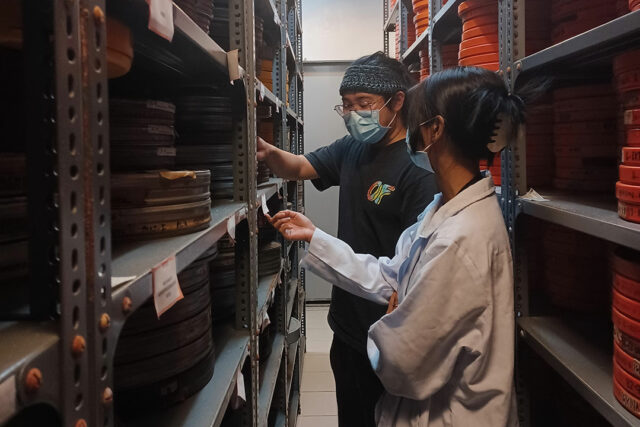
 The film premiered in September 2022 and was shown in December 2023 in a tribute to Mr. Co’s life and work.
The film premiered in September 2022 and was shown in December 2023 in a tribute to Mr. Co’s life and work.

